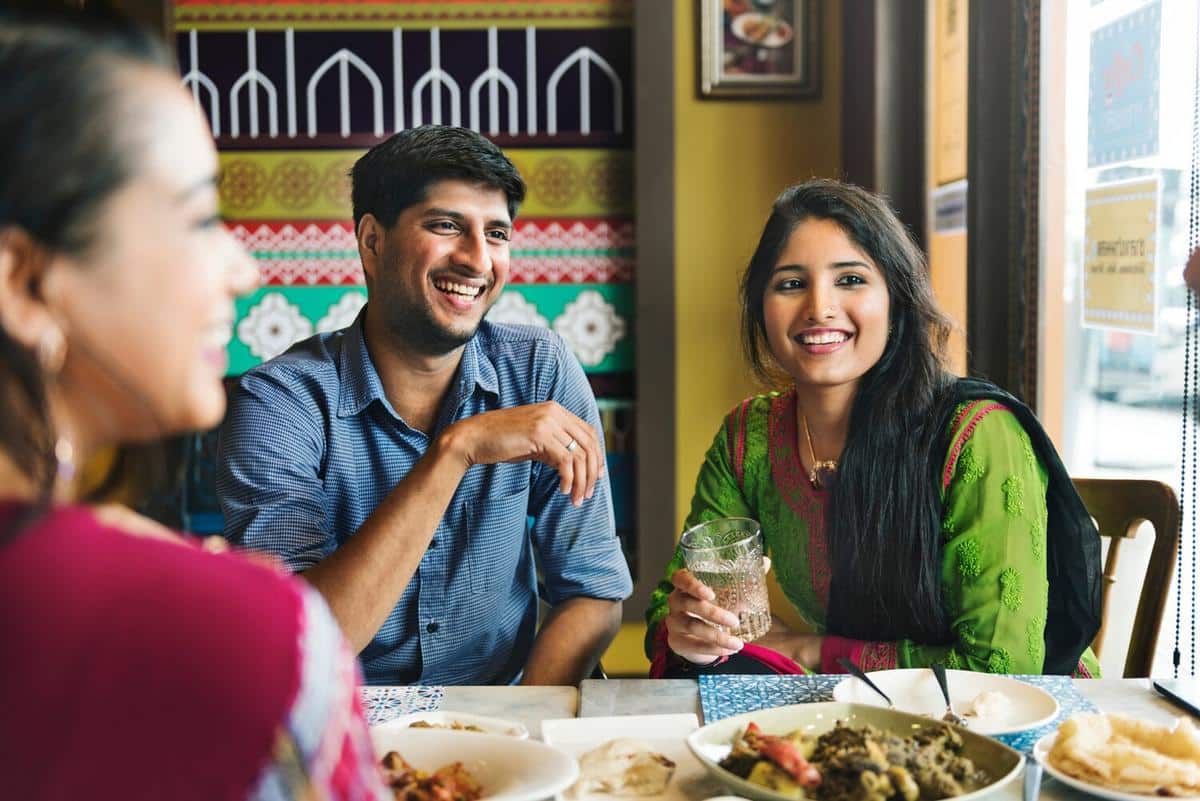
Indian Cuisine: Understanding the Basics of Regional Dishes
Indian cuisine is a vibrant tapestry of flavors, aromas, and traditions that vary dramatically from one region to another. This diversity makes it one of the most intriguing and beloved culinary landscapes in the world.
Exploring Regional Cuisines of India
Understanding Indian cuisine requires a look into its regional diversity. Each region in India boasts its own distinctive style, ingredients, and cooking techniques.
North Indian Delights
North Indian cuisine is renowned for its rich gravies and use of dairy products like ghee and paneer. The region’s love for tandoor-cooked dishes is evident in the popularity of tandoori chicken and naan bread. According to culinary expert and author Madhur Jaffrey, ‘The North Indian palate is built on robust flavors and hearty dishes designed to warm the soul.’
South Indian Flavors
In contrast, South Indian cuisine emphasizes rice, lentils, and stews, with a liberal use of coconut and spices. Dishes like dosa and sambar are staples, providing a balance of heat and tang.
East Indian Cuisine
The Eastern regions are known for their love of sweets and seafood. Bengali cuisine, for example, offers a delightful array of fish curries and desserts like rasgulla.
Western Indian Varieties
Western India is a hub of diverse flavors, from the spicy curries of Maharashtra to the sweet and sour dishes of Gujarat. The region is also known for its street food, like vada pav and pav bhaji.
Statistics and Insights
According to a survey by the National Restaurant Association of India, 77% of Indians enjoy trying regional foods from different parts of the country, highlighting the national pride in culinary diversity.
Personal Anecdotes
Growing up in a multicultural neighborhood, I had the fortune of tasting diverse Indian dishes. From the butter-laden parathas of Punjab to the spicy fish curries of Kerala, each dish offered a new perspective on Indian culture.
Actionable Tips for Exploring Indian Cuisine
- Start with staple ingredients like lentils, rice, and spices to create authentic Indian flavors at home.
- Visit local Indian markets to discover unique regional ingredients.
- Experiment with different cooking techniques such as tempering spices to enhance dishes.
Conclusion
Indian cuisine is a journey through diverse landscapes of flavors. By exploring regional dishes, you not only enjoy a culinary adventure but also gain a deeper understanding of India’s rich cultural heritage. Whether you’re cooking at home or dining out, embrace the variety that Indian cuisine offers and let it inspire your palate.
Frequently Asked Questions
What are common spices used in Indian cuisine?
Common spices include cumin, coriander, turmeric, and cardamom, each adding unique flavors to dishes.
Are there vegetarian options in Indian cuisine?
Yes, Indian cuisine offers a wide array of vegetarian dishes, such as paneer tikka, aloo gobi, and dal.
Can I find Indian ingredients easily?
Many Indian ingredients are available at specialty grocery stores or online, making it easier to cook Indian dishes at home.


